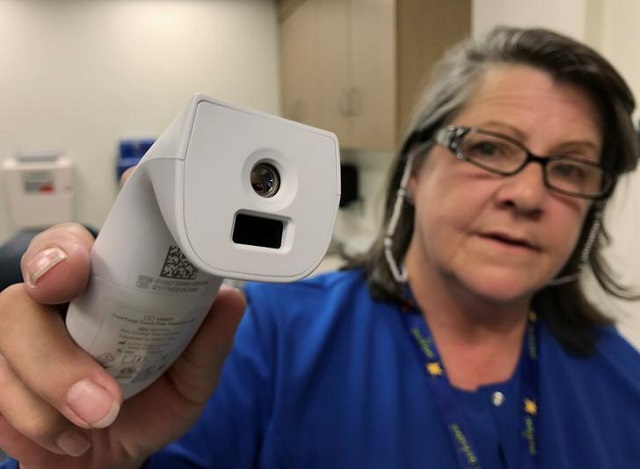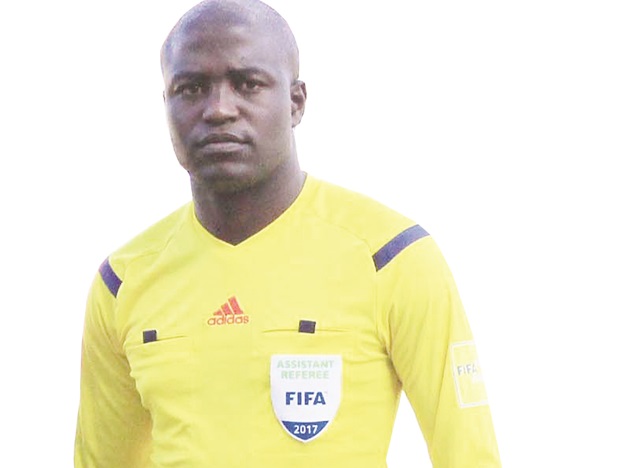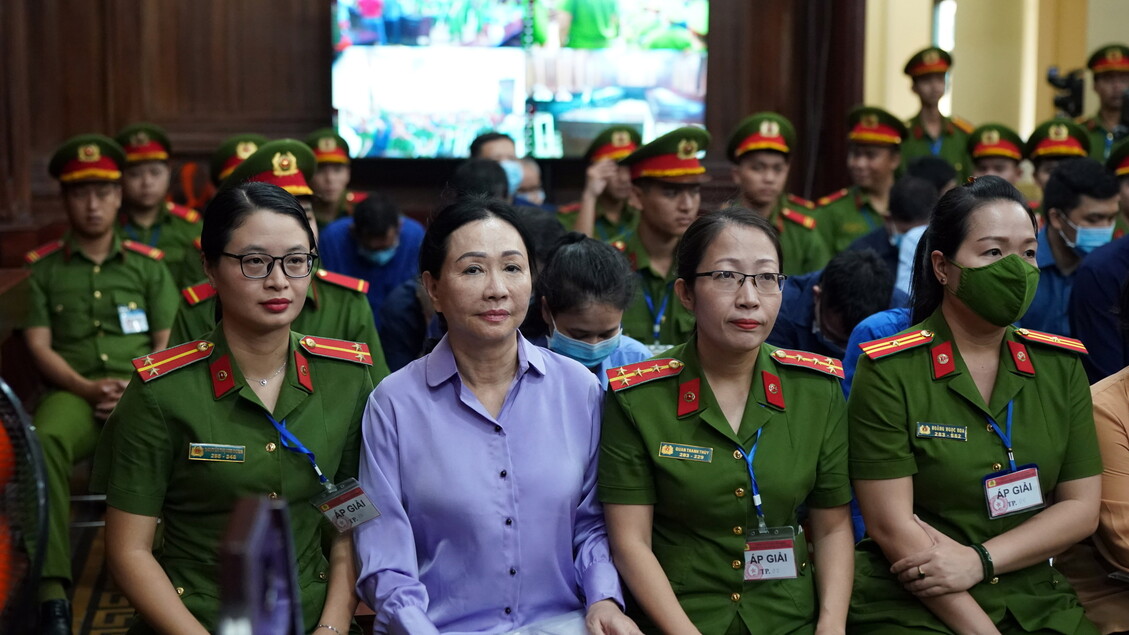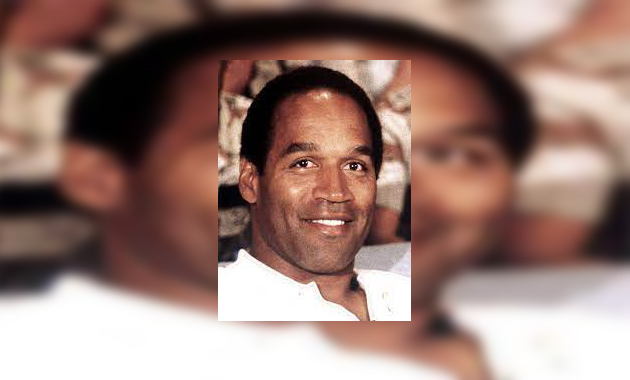Nursing crisis strains US hospitals

MORGANTOWN (West Virginia) — A shortage of nurses at US hospitals hit West Virginia’s Charleston Area Medical Cenre at the worst possible time.
The non-profit healthcare system is one of the state’s largest employers and sits in the heart of economically depressed coal country. It faces a $40 million deficit this year as it struggles with fewer privately insured patients, cuts in government reimbursement and higher labour costs to attract a shrinking pool of nurses.
To keep its operations intact, Charleston Medical is spending this year $12 million on visiting or “travel” nurses, twice as much as three years ago. It had no need for travel nurses a decade ago.
“I’ve been a nurse 40 years, and the shortage is the worst I’ve ever seen it,” said Ron Moore, who retired in October from his position as vice president and chief nursing officer for the center. Charleston Area Medical’s incentives include tuition reimbursement for nursing students who commit to work at the hospital for two years. “It’s better to pay a traveller than to shut a bed,” he said.
Hospitals nationwide face tough choices when it comes to filling nursing jobs. They are paying billions of dollars collectively to recruit and retain nurses rather than risk patient safety or closing down departments, according to Reuters interviews with more than 20 hospitals, including some of the largest US chains.
In addition to higher salaries, retention and signing bonuses, they now offer perks such as student loan repayment, free housing and career mentoring, and rely more on foreign or temporary nurses to fill the gaps.
The cost nationwide for travel nurses alone nearly doubled over three years to $4.8 billion in 2017, according to Staffing Industry Analysts, a global advisor on workforce issues.
The burden falls disproportionately on hospitals serving rural communities, many of them already straining under heavy debt like the Charleston Area Medical Centre. These hospitals must offer more money and benefits to compete with facilities in larger metropolitan areas, many of them linked to well-funded universities, interviews with hospital officials and health experts show.
Along West Virginia’s border with Pennsylvania, university-affiliated JW Ruby Memorial Hospital in Morgantown is spending $10.4 million in 2017 compared with $3.6 million a year earlier to hire and retain nurses.
But these costs are part of the facility’s expansion this year, including adding more than 100 beds as it grows programs and takes over healthcare services from smaller rural providers that have scaled back or closed.
JW Ruby, the flagship hospital for WVU Medicine, offers higher pay for certain shifts, tuition reimbursement, $10 000 signing bonuses and free housing for staff who live at least 60 miles away.
Next year, the hospital is considering paying college tuition for the family members of long-time nurses to keep them in West Virginia.
“We’ll do whatever we need to do,” said Doug Mitchell, vice president and chief nursing officer of WVU Medicine-WVU Hospitals.
Nursing shortages have occurred in the past, but the current crisis is far worse. The Bureau of Labour Statistics estimates there will be more than a million registered nurse openings by 2024, twice the rate seen in previous shortages. A major driver is the aging of the baby boomer generation, with a greater number of patients seeking care, including many more complex cases, and a new wave of retirements among trained nurses. — Reuters











Comments